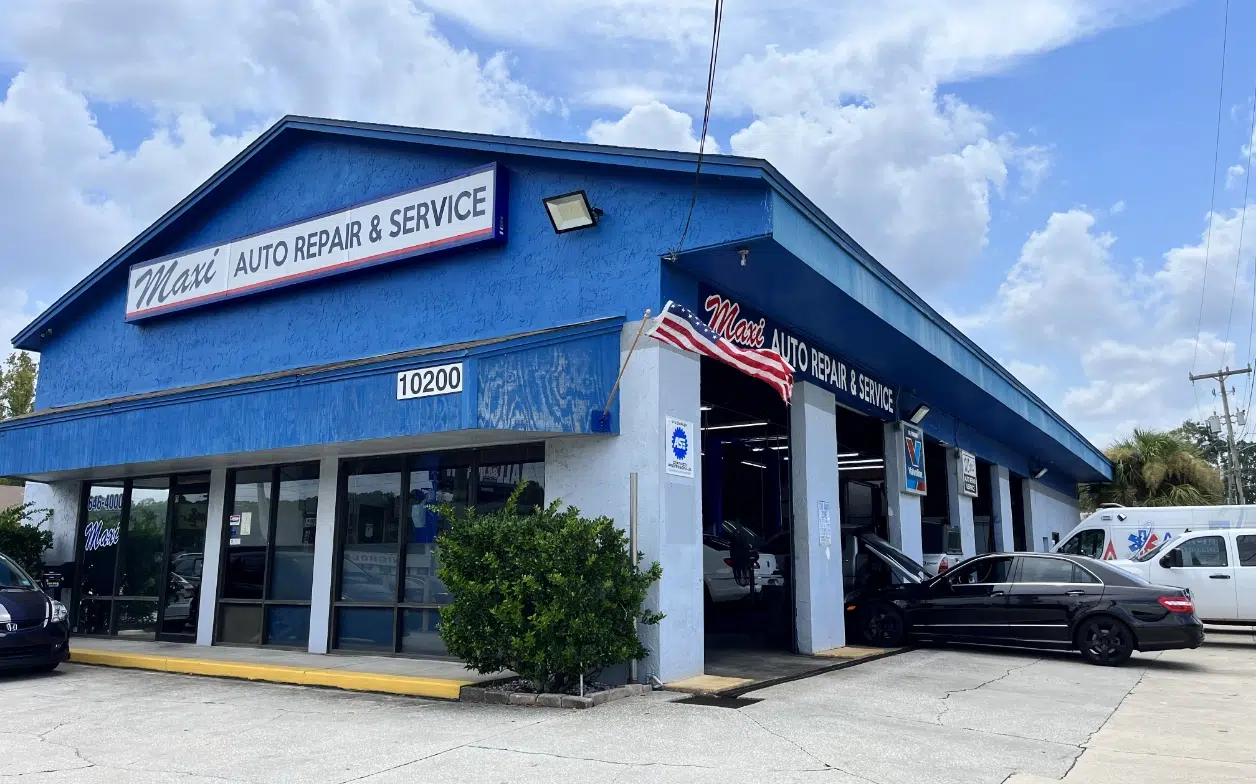Many drivers never think about their vehicle’s tires – until it’s too late. That time you need to slam on the brakes, and your vehicle doesn’t stop as quickly as it should because the tires don’t have enough traction, which can cause a catastrophic accident, injuring you and your family. According to the National Highway Traffic Safety Administration (NHTSA), drivers put more than 2,969 billion miles on tires, and almost 11,000 crashes are related to tires. Every year, nearly 200 people die in accidents caused by tires.
Proper tire maintenance, including checking your vehicle’s tires frequently, can prevent these accidents. Maxi Auto Repair and Service in Jacksonville FL can check your vehicle’s tires and ensure they receive the proper maintenance.
What to Look For When Checking Your Vehicle’s Tires
You don’t need an auto technician to tell you when it’s time to get new tires. You can check them yourself, and it only takes a minute or two.
Check the Tread Depth
The standard tread depth for replacing the tires is 2/32 of an inch. However, that leaves very little tread on the tire. We recommend 4/32 of an inch. Insert a quarter with Washington’s head pointing down into the tread. If you can see the top of Washington’s head, you have 4/32 of an inch of tread left – or less, and it’s time to replace the tires.
Check for Uneven Wear on Both Sides of the Tread or in the Center of the Tread
Look at the tires from the front and rear. If you can see a single wear mark down the center of the time, your vehicle’s tires are most likely over-inflated. If you can see even wear marks on both edges of the tread, your tires are most likely under-inflated.
Keeping the appropriate amount of air in the tires is important. Not only does the wrong air pressure cause early wear, but it’s not safe.
An over-inflated tire has too much air in it, and only the center of the tread is touching the road. This is dangerous in that you have much less traction on any tire that is over-inflated.
An under-inflated tire doesn’t have enough air in it. The center of the tire is not touching the pavement, which is also dangerous.
Check for Uneven Wear on One Side of the Tire or All Over the Tire
If either side of the tire is worn or you notice scalloping all over the tread, you need an alignment. However, it is most likely something in the suspension or steering that is causing this. Bring uneven wear to your auto technician at Maxi Auto Repair and Service as soon as possible – we’ll check the vehicle for issues with the suspension and steering.
Cracked Rubber
Look at the sidewalls of the tire. If you see a bunch of small cracks everywhere, the tire is dry-rotted. It could blow out at any time, so you should change the tires immediately. Change all the tires even if you don’t see cracks on the other tires, as they are most likely the same age.
You can check the age of the vehicle’s tires by looking at the last four numbers of the 11-digit DOT number. If the DOT number on your vehicle’s tires has only 10 digits, you definitely need new tires – the numbers changed in 2000 to 11-digit numbers.
The last four numbers tell you the week and year the tire was manufactured. Thus, if the number is 4219, the tire was manufactured in the 42nd week of 2019. Most tire manufacturers recommend replacing tires every six years.
Bulges in the Sidewall
If you notice a bulge or bubble in the tire’s sidewall, do not pass go, and do not collect $200. The tire is separated and could blow out at any time. We don’t recommend driving to the shop unless you are very close.
If you have a separated tire, you don’t necessarily have to replace all of the tires. Hitting a pothole or rubbing a curb could cause the tire to separate. However, we do recommend keeping a closer eye on the other tires.
Contact Maxi Auto Repair and Service
If you are not sure how to check your vehicle’s tires or if you need new tires, contact Maxi Auto Repair and Service Riverside at +1-904-358-9800 for an appointment. We are conveniently located at 591 Oak St., Jacksonville, FL, 32204.






